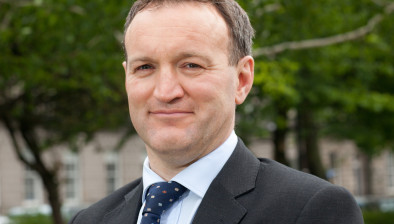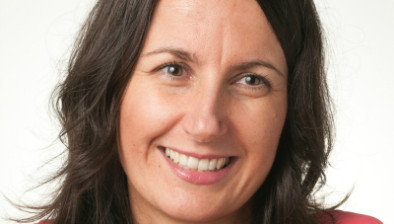Outstanding Sheriff Court summary trials up 28 per cent

Outstanding Sheriff Court summary trials have increased by 28 per to 17,818, the latest figures from the Scottish Courts and Tribunals Service (SCTS) show.
The ninth statistical bulletin from the SCTS contains quarterly figures on activity in all High, Sheriff, Justice of the Peace and criminal appeal courts with national trends as well as detailed figures for local courts in solemn and summary criminal business.
The latest report is the first bulletin to include statistics covering a full quarter affected by the coronavirus pandemic.
The figures also show:
- No solemn trials proceeded during Q1 2020/21, in the High Court or Sheriff Court
- 149 High Court cases called for preliminary hearing, continued preliminary hearing or Section 76 hearings during Q1. This equates to 39 per of the average callings per quarter during 2019/20. 30 indictments were concluded in the quarter.
- 1,313 Sheriff Court solemn cases called for first diet, continued first diet or Section 76 hearings during Q1. This equates to 58 per of the average callings per quarter during 2019/20. 433 indictments were concluded in the quarter
- Outstanding Justice of the Peace summary trials have increased by 7 per to 3,732.
David Fraser, chief operations officer, said: “The QCC bulletin and interactive workbook provide open and transparent access to activity in the criminal courts and include comprehensive figures such as the national total of trials called; the total of trials where evidence was led; trials scheduled, as well as trials adjourned due to lack of court time. Information on summary and solemn business is available for each court individually with access to useful graphs and tables.
“I am delighted that we have been able to publish these figures in spite of the difficulties caused by the global pandemic. This publication is intended to be of use to anyone with an interest in the flow of activity through Scotland’s criminal courts and is expected to be of particular interest to legal practitioners and researchers.”









